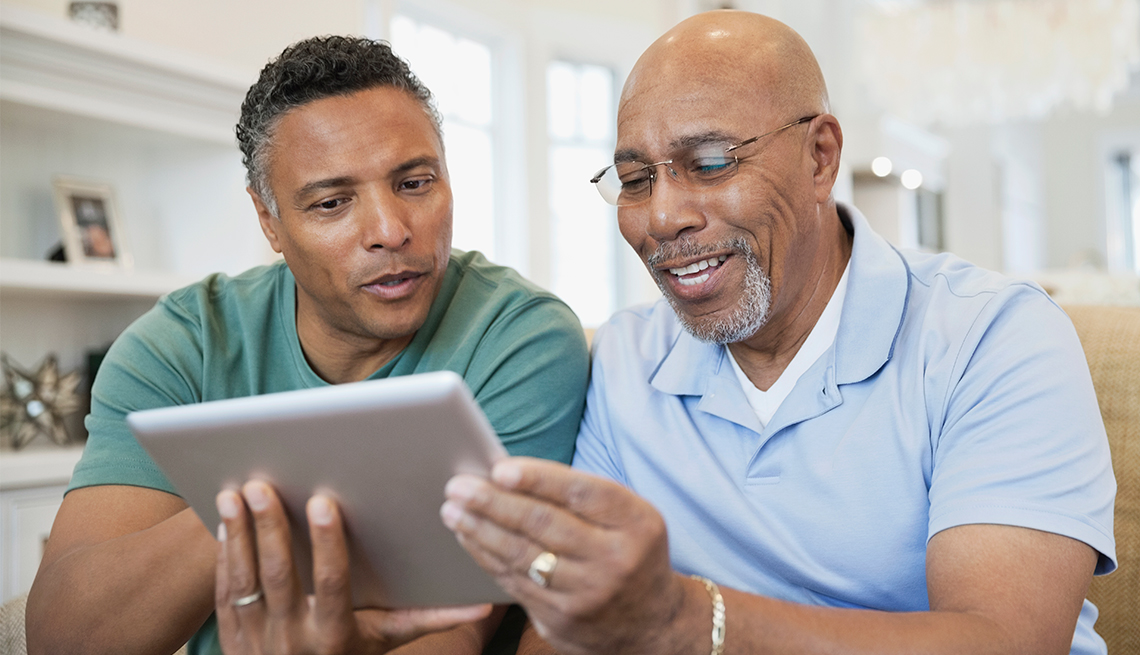Fight Isolation With Technology
Sometimes the most valuable gift you can give is your presence. To those who are socially isolated, a personal connection can be the most precious thing in the world.
Holidays are a good time to focus on individuals whose contacts with others have greatly decreased. More and more Americans become isolated as they get older: Studies have shown that the fastest-growing type of household is individuals living alone. Increasingly, those over 50 have no one to talk to about important matters.
See Also: Older Gamers Join in the Electronic Fun
Millions of people 50 and older (about 1 in 5) are living in or at risk of isolation. This poses a health hazard equivalent to smoking 15 cigarettes a day. Older isolated people have much higher rates of mortality from breast cancer, high blood pressure, heart disease and other chronic diseases. They are at greater risk for depression and dementia, emergency room visits and elder abuse.
Any of us can wind up suffering from social detachment through such life-changing events as giving up a driver's license, losing a spouse or a job, taking on caregiving responsibilities or developing a chronic illness or disability.
Most of us know someone who could use some extra human contact. You can make that connection by paying a visit, making a phone call, cooking a meal or offering a ride — and, when possible, this should be a year-round habit, not just a holiday occasion. For more tips, see AARP Foundation's new Connect2Affect site at connect2affect.org.
See Also: Video Games Aren't Just Kids' Stuff Anymore
Another way to reduce isolation is by teaching someone to use technology that seems intimidating. Tech can allow that person to reach out to others.
Millions aren't yet comfortable with tech, and they feel left out. They might be concerned about cost, or they feel they've fallen so far behind that they can't catch up.
AARP has helped bridge the technology gap with free TEK workshops across the country. These workshops provide step-by-step lessons designed to help Americans 50 and older use technology to stay connected. More than 20,000 adults have completed these technology workshops in 40 cities. And we've relied on young people to help provide some of the training, which enriched the experience for everyone.
Visit aarp.org/academy for free help on using new technologies such as smartphones and tablets.
Eric J. Schneidewind, President of AARP.


